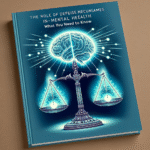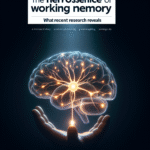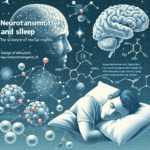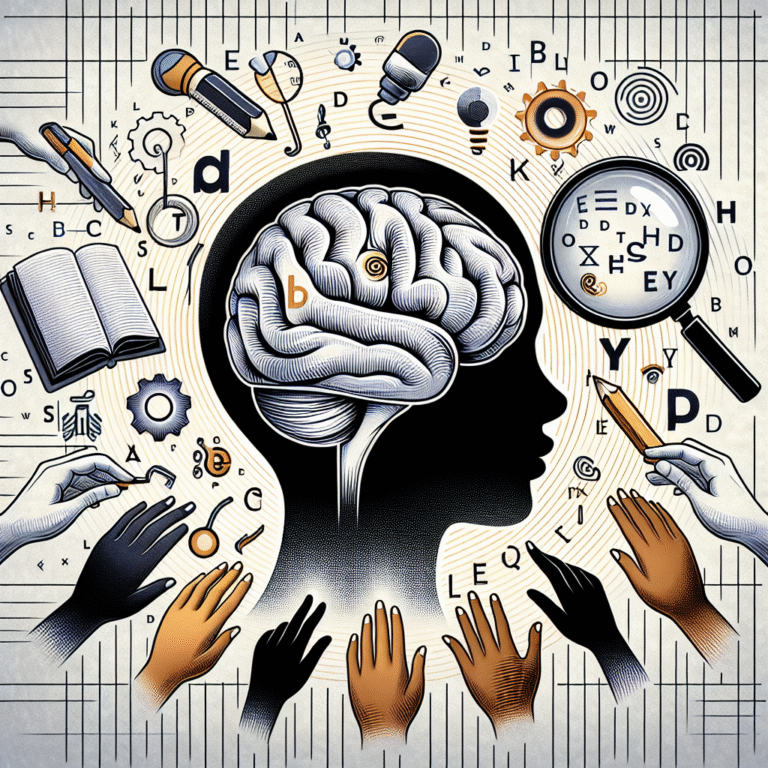
Breaking Down the Barriers: How to Support Kids with Auditory Processing Disorder for a Brighter Future
Introduction
Imagine sitting in a classroom where voices blend into an unintelligible hum, where instructions are a riddle, and learning feels like a constant uphill battle. For many children grappling with Auditory Processing Disorder (APD), this scenario is all too real. Breaking Down the Barriers: How to Support Kids with Auditory Processing Disorder isn’t just about understanding the difficulties these children face; it’s about unlocking their potential and empowering them to thrive.
APD affects how the brain processes auditory information, making it a challenge for children to understand sounds, especially in noisy environments. With an estimated 5-10% of school-age children affected by APD, it’s crucial for educators, parents, and caregivers to become advocates, creating a supportive atmosphere. In this article, we will explore practical strategies, insightful case studies, and vital resources to help break down the barriers faced by these exceptional children.
Understanding Auditory Processing Disorder
What is Auditory Processing Disorder?
Auditory Processing Disorder can best be described as a difficulty in understanding and processing sounds. Unlike a hearing impairment, children with APD typically have normal hearing; the issue lies in how the brain interprets auditory signals. Common symptoms may include:
- Trouble following multi-step directions
- Difficulty distinguishing between similar-sounding words
- Problems comprehending spoken information, especially in noisy settings
Causes and Diagnosis
While the exact causes of APD are not completely understood, research suggests that it may arise from neurological factors, a history of ear infections, or environmental influences. Diagnosis often involves assessments by audiologists and speech-language pathologists who use a combination of listening, memory, and processing tests.
Case Study: Understanding Emily
Emily, a bright and enthusiastic 8-year-old, struggled during her third-grade English class to follow the teacher’s instructions during group activities. Parents and teachers noticed her frustration as she often missed out on important information. After receiving a formal diagnosis of APD, her parents collaborated with her teacher to implement tailored strategies in the classroom. This case showcases how understanding and early intervention can make a significant difference.
Creating an Inclusive Environment
Classroom Modifications
Creating a classroom environment that supports children with APD begins with modifications that enhance auditory processing.
-
Seating Arrangement: Positioning children who struggle with APD closer to the teacher reduces background noise, making it easier to focus on verbal instructions.
- Visual Aids: Complementing auditory information with visual aids such as diagrams, charts, and written instructions can enhance understanding and retention.
Collaboration with Specialists
Collaborating with speech-language pathologists and audiologists is essential. These professionals can provide invaluable strategies and resources to educators and families.
Interactive Learning
Interactive learning encourages engagement and provides multiple channels for information intake. Incorporating group projects, hands-on activities, and technology can help reinforce auditory learning.
Case Study: The Transformational Journey of Jake
Jake, diagnosed with APD at age 7, faced challenges in traditional learning settings. His teacher started employing visual aids and interactive activities like storytelling sessions where students acted out parts. Not only did Jake’s understanding improve, but his confidence soared, showcasing the power of adapting the learning environment.
Parental Support and Advocacy
Communication is Key
Parents play a pivotal role in supporting children with APD. Open communication with teachers ensures that necessary adjustments are made within the classroom.
Home Strategies
Incorporating auditory activities at home can help reinforce skills:
-
Auditory Games: Play games that require listening, such as Simon Says or follow-the-leader activities. These games promote attentive listening and following instructions.
- Active Listening Exercises: Encouraging children to summarize stories or instructions enhances auditory processing skills while fostering comprehension.
Building Self-Advocacy Skills
As children grow, teaching them to express their needs and challenges can help foster independence. Encouraging them to ask for clarification or extra help when needed instills confidence and self-advocacy.
Case Study: Empowering Maya
Maya’s journey is a testament to the importance of parental involvement. With her mother’s guidance, they developed an at-home routine that included daily reading aloud sessions and auditory games. This partnership not only improved Maya’s processing but also instilled self-advocacy skills as she learned to express her needs in school.
Utilizing Technology
Assistive Listening Devices
Assistive technology can play a crucial role in enhancing the learning experience for children with APD. Tools such as FM systems amplify teachers’ voices, ensuring they are heard clearly above background noise.
Educational Apps
Numerous educational apps are designed to strengthen auditory processing skills through interactive games and exercises. Some popular options include:
| App Name | Features |
|---|---|
| Listen and Learn | Focused on auditory discrimination and memory |
| Sound Sorting | Teaches sound categorization |
| Auditory Memory | Enhances memory retention through engaging activities |
Engaging with Multimedia
Multimedia resources, such as audiobooks and podcasts, can provide different auditory contexts that enhance listening skills. Encouraging children to engage with varied audio inputs develops their auditory processing capabilities.
Case Study: Digital Learning for Luke
Luke struggled with traditional auditory learning. His parents introduced him to interactive educational apps that encouraged auditory discrimination. Over time, Luke’s skills improved significantly, showcasing the transformative effect of technology in education.
Classroom Strategies for Teachers
Explicit Instruction
Using explicit instruction techniques can help children with APD better comprehend new concepts. Breaking lessons into smaller steps and checking for understanding frequently ensures that all students are following along.
Consistent Routines
Establishing consistent routines allows children with APD to know what to expect, reducing anxiety and increasing focus. Predictable schedules create a sense of security, essential for effective learning.
Providing Time for Processing
Recognizing that children with APD may need extra time to process information is critical. Giving students a moment to gather their thoughts before responding can lead to better comprehension and participation.
Success Story: The Impact of Ms. Thompson
Ms. Thompson, a dedicated fourth-grade teacher, integrated various strategies from explicit instruction to utilizing visual aids. Her consistent efforts resulted in marked improvements in her students’ engagement and comprehension, including those with APD, proving that any educator can positively influence their learning experience.
Conclusion
Breaking down the barriers for kids with Auditory Processing Disorder is not just a professional duty; it’s an act of compassion, understanding, and innovation. By embracing effective strategies, fostering collaborations, and advocating for change, we can provide children with the tools they need to navigate their unique challenges successfully.
Let us work together—parents, educators, and the community—to empower children with APD, nurturing a landscape where every child has the opportunity to excel. Remember, through education and support, we can break down those barriers and illuminate a path to success!
FAQs
1. What are the early signs of Auditory Processing Disorder?
Common early signs include difficulty following instructions, frequent misunderstandings in conversations, and trouble differentiating similar sounds.
2. How is Auditory Processing Disorder diagnosed?
APD is diagnosed through a series of auditory tests conducted by audiologists, often alongside assessments from speech-language pathologists.
3. Can Auditory Processing Disorder be cured?
While there is no cure, early intervention and tailored strategies can greatly improve a child’s auditory processing abilities.
4. What types of therapy are effective for children with APD?
Listening therapy, speech therapy, and occupational therapy can help children develop coping strategies and improve auditory processing.
5. Are there specific educational programs for children with APD?
Many schools offer specialized programs and resources designed specifically for children with APD, focusing on individualized education plans (IEPs).
6. How can peers support a friend with APD?
Teaching classmates about APD and encouraging them to practice patience and kindness can help create a supportive learning environment.
In the journey of Breaking Down the Barriers: How to Support Kids with Auditory Processing Disorder, each step we take is a new opportunity to learn, grow, and thrive. Let’s commit to this cause, ensuring a brighter future for every child facing these challenges.
















